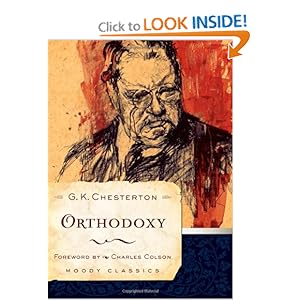
Reading Lolita in Tehran: A Memoir in Books by Azar Nafisi
This book is one that I might have enjoyed more had I discovered it on my own rather than hearing about it for ages before I finally tried it out for myself. Published in 2003, Reading Lolita has gotten rave reviews, has been recommended widely and repeatedly, and was a best selling memoir. Maybe it was just too inflated for me to appreciate the book for what it was.
Reading Lolita starts out well. In the fall of 1995, the author is meeting with a group of students, all female, in her apartment after she resigned from the university where she was a professor of English-speaking literature. One of her former students reminds her: “She reminded me of a warning I was fond of repeating: do not, under any circumstances, belittle a work of fiction by trying to turn it into a carbon copy of real life; what we search for in fiction is not so much reality but the epiphany of truth.” This rather pithy statement seems like a good truth to keep in mind, but in this book there is a fine line between reality, epiphany, and truth. And the line, to extend the metaphor, gets really blurred by the end of the story.
Next, the author introduces her girls, the group who have come to discuss literature in a place where they can do so openly and honestly and without veils and chadors that hide not only their bodies but also their ideas and dignity as persons. Eight women including the author herself. Ms. Nafisi describes them vividly: Manna the poet, Mahshid the sensitive lady, Yassi the comedian, Azin the fashionable divorcee, Mitra the artist, Sanaz the conformist, and Nassrin, the one that the author calls a Cheshire cat.
But after the introductory chapters, maybe even within the first few chapters, the book becomes scattered and sometimes incoherent. The narrative moves from the Thursday morning literary society to insights on Nabakov and The Great Gatsby to the history of Ms. Nafisi’s feud with the Islamic purity police to someone that the author calls her “magician.” The Magician is a sort of literary hermit who’s decided to withdraw from society as long as the Islamic Republic of Iran continues to shame and persecute intellectuals, but who also wields great influence as entertains carefully selected guests in his apartment and gives them advice and counsel? He’s a shadowy figure, and I never was sure whether he was an imagined character (for some literary purpose?) or whether he was real.
The timeline of Nafisi’s narrative jumps around like a cat (yes, on a hot tin roof), and the book is structured around the books and authors that the women read and discuss together: Lolita by Nabakov, The Great Gatsby by F. Scott Fitzgerald, Daisy Miller by Henry James, and Pride and Prejudice by Jane Austen. Although Nafisi mentions and sometimes discusses other books and other authors these four define the four sections of the book. I’m not sure why these four, but I suppose it’s because these are the books that resonated with Ms. Nafisi’s students. Of the four I’ve read Austen and Fitzgerald, and dabbled in Henry James (but not Daisy Miller). Of course, I found the allusions to and commentary on the books I have read more illuminating than those I haven’t. (Nabakov just sounds tawdry and distasteful.)
I had trouble keeping the women and their individual stories straight in my mind. I had a hard time figuring out the chronology of Ms. Nafisi’s life and story. I sort of understand why the women identified so strongly with Lolita; like women in the Islamic Republic, Lolita is a victim of misogyny and abuse and entrapment. But why Daisy in Great Gatsby or Daisy Miller? Both of these ladies are rather careless exploiters of others, rather than being helpless victims or overcoming societal expectations.
Maybe I read too fast. Maybe I wasn’t patient enough to tie the narrative together and mine the diamonds out of it. Nevertheless, it just won’t go on my personal list of all-time great memoirs.










